Last Updated on May 7, 2021 by Rupesh Patil
A
Aperture
Subscribe to Onsitego
Get the latest technology news, reviews, and opinions on tech products right into your inboxA term used to denote the size of opening of the drum. A larger aperture means greater ease when loading the drum.
Automatic dosing
Washing machines with automatic dosing determine how much detergent is required to wash your clothes and accordingly, will add the required amount from a dispenser you fill earlier
Audible End of Programme
A sound alerts you to the fact the cycle has finished.
B
Buzzer
Some washing machines have a buzzer (or jingle) that sounds at the end of a cycle to signal the end of the wash.
C
Capacity
A measure in kilos of how many dry clothes can be fit into the drum. Cotton washing programs are usually able to wash the maximum capacity of the drum while other programs handle a reduced load. A typical example of a kilo would be four men’s cotton shirts, or one shirt and a pair of men’s jeans.
Care labels
These are the labels you find on the inside of your clothes, which instruct how best to wash/dry/iron the garment.
Child lock
There are two types of child locks on washing machines. The most common type disables the controls on the control panel, which will stop children from being able to change the settings while you are not looking, or start a program. The second type is a device that stops the door from being closed, so your kids won’t be able to ‘accidentally’ drop items such as toys, your valuables, or even a pet, in the drum.
Control panel
The control panel is the strip along the top of the machine with all the control dials, buttons and displays.
Cycle Time
The average length of time a particular cycle or programme will take.
D
Delicates
A program suitable for washing mixed fabric, delicate items such as those made from rayon, acrylics, viscose and other synthetics fibres. Used for washing underwear or net curtains etc – if they are machine washable.
Detergent Compartment
A compartment in the washing machine that holds the detergent before the wash.
Door seal
The rubber section around the opening of the drum.
Drain filter
The filter that catches fluff from washing, as well as any foreign object you have unknowingly washed. The filter is typically near the bottom of the machine, or on the drum, behind an access flap.
Drum
The tub where clothes are washed. Many manufacturers have patented styles of drums – such as a honeycomb drum or a diamond drum, which has a hexagonal pattern that is designed to stop clothes from sticking to the side of the drum.
Drum paddle
The plastic paddles within a washing machine’s drum, that help rotate the laundry during the wash phase.
Drum Volume
The amount the washing machine drum can hold in litres.
E
Elbow
The elbow is the horse-shoe shaped bit of plastic that you need to thread your waste hose through.
Energy Consumption
The average amount of electricity used by a washing machine during one cycle or over a whole year.
Express Option/Program
See – Quick wash
Extended warranty
Most washing machines come with a one or two year manufacturer warranty. But some appliances/manufacturers can come with extended warranties, either for free or at a cost, that increases the length of time that the washing machine is covered against electrical or mechanical failures.
F
Frontloading
In these machines you put your clothes into the drum via a door on the front of the machine. The alternative is a top-loading washing machine, which will have you add clothes via a lid on top of the model.
Fuzzy Logic
Inbuilt sensors monitor the washing process and make corrections to produce the best washing results. The fuzzy logic checks for the extent of dirt and grease, the amount of soap and water to add, direction of spin, and so on. The machine rebalances washing load to ensure correct spinning
I
Inverter motor
Also knows as a brushless motor, these washing machine motors are designed to be quieter and more robust than regular motors.
M
Maximum load
The maximum amount of clothes you can wash in one go, expressed in kilos of dry clothes.
Memory function
A memory function allows you to save a wash program with your favourite settings applied.
Mixed load/fabrics
A mixed load program can be used to wash items of different materials at the same time – cotton, linen, synthetics etc.
P
Pause Function
Some washing machines allow you to ‘pause’ the cycle, and open the door. This is a potentially useful feature if you’ve just started the wash and then realised you have missed putting in an item or two.
Porthole
The entrance to the washing machine drum by which you can load clothes.
Programme Selection Dial
The round dial on the front of the machine that you can use to select a program.
Q
Quick wash
Quick wash programs are usually designed to wash a very small amount of lightly soiled clothing – often just 1.5kg, which is equivalent to two pairs of men’s jeans.
R
Rinse
The rinse part of the wash cycle is responsible for removing detergent from your clothes.
S
Self-cleaning Detergent Drawer
Some washing machines have self-cleaning detergent drawers that flush themselves after the wash cycle to prevent build up of detergent or mould.
Softener Compartment
Typically the third compartment in the detergent drawer, marked with a symbol that looks like a flower, to which you add fabric softener. If you use the softener compartment, make sure that when you clean the detergent drawer, that the syphon at the rear of this compartment is cleared.
Spin speed
The maximum spin speed is the rotations per minute that the drum will rotate at to remove water from your clothes at the end of a cycle. Max spin speeds are typically 1000, 800, 740 or 600rpm. Machines with the faster spin speeds may be more expensive to buy.
T
Time Remaining Display
A time-remaining display is a timer that will count down until your laundry is ready. Times shown are typically an estimate and can be affected by factors including the amount of clothes in the drum and the strength of the water pressure.
Top-Loading
Top-loading washing machines are models that make you add clothes via a lid in the top of the machine, as opposed to a door on the front.
Tub
The tub is a large (typically plastic) tub that encases the entire drum. You will not see the tub unless you open up the machine.
Twin tub
A twin tub machine is in semi-automatic washing machines – where you have one ‘tub’ (drum) for washing clothes and a separate one for spin-drying.
U
Unbalanced Load
An unbalance load happens when you are washing a load of small items with a big heavy item such as a bedsheet. The bedsheet absorbs more water during the wash, causing it to be heavy and then when the washing machine spins, the heavy bedsheet remains on one side of the drum. This can gradually unbalance the washing machine so it shows an error mode or stops washing altogether.
W
Warranty
There are two main types of washing machines warranties. The manufacturer warranty is typically one year or two and comes with the washing machine as standard. Extended warranties can prolong how long you are covered for and typically some at a cost. Some washing machines come with a two to five-year cover as standard – but on the motor only.
Wash system
The wash system is the ‘wash technology’ unique to brands of washing machines. For instance, Samsung uses the Ecobubble wash system, IFB uses as Air Bubble wash system and so on.
Waste hose
The hose that transports the used water from the washing machine to a drain/waste pipe in your home.
Water Inlet Valve
The valves at the rear of the washing machine where the water enters.
Water Supply Hose
Water supply hose is the hose between the water feed (the valve in your home) and the inlet valve on the machine.

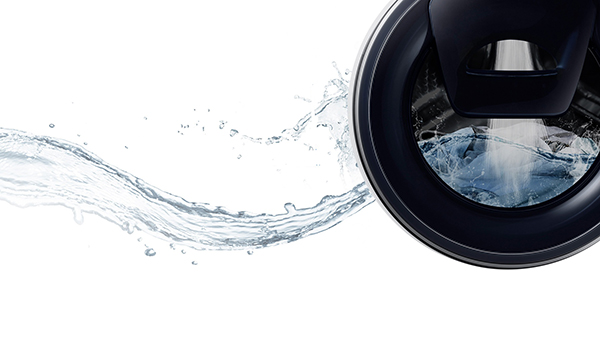
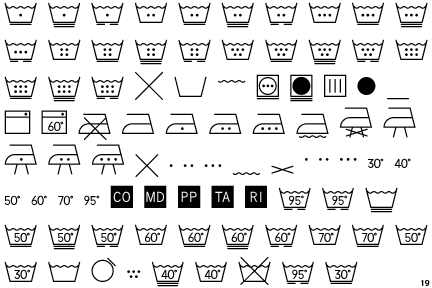


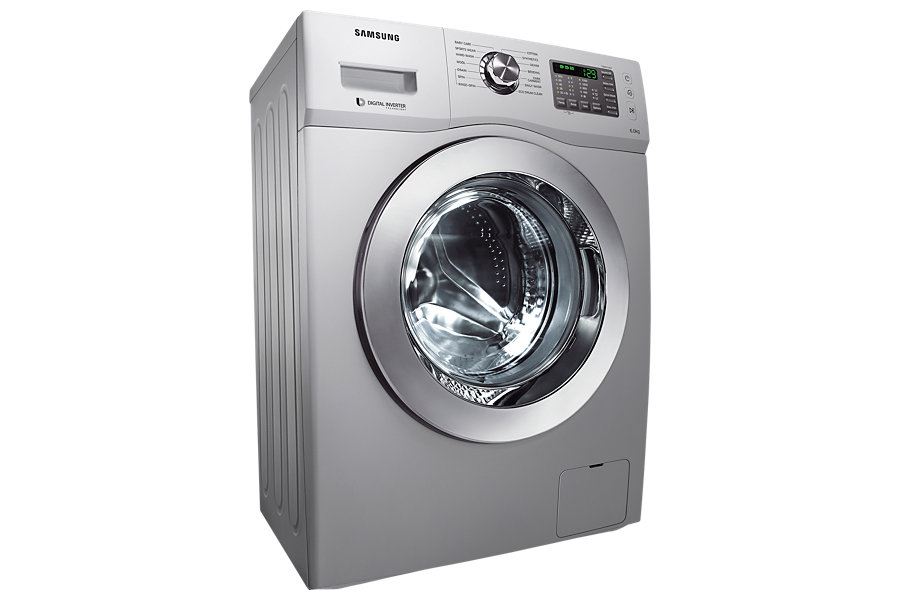
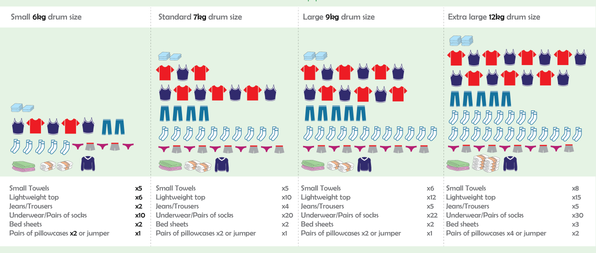
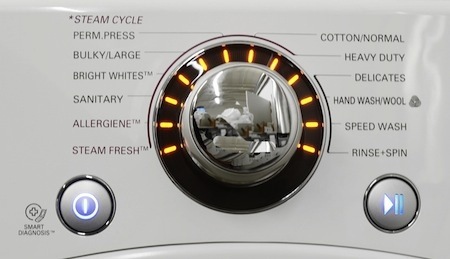
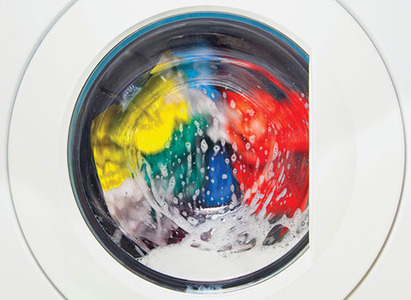
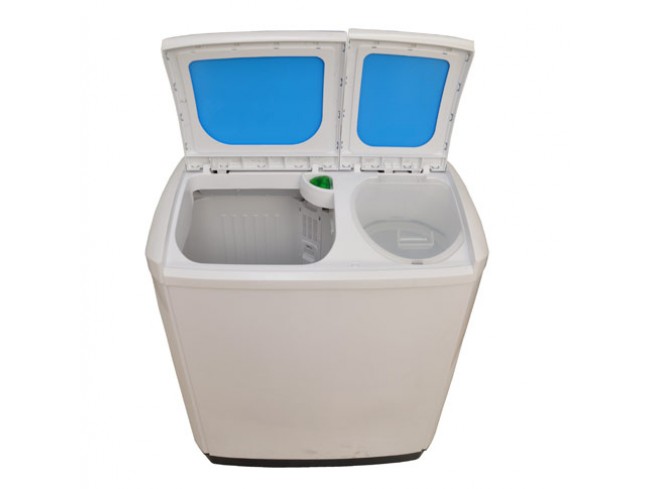
Discussion about this post